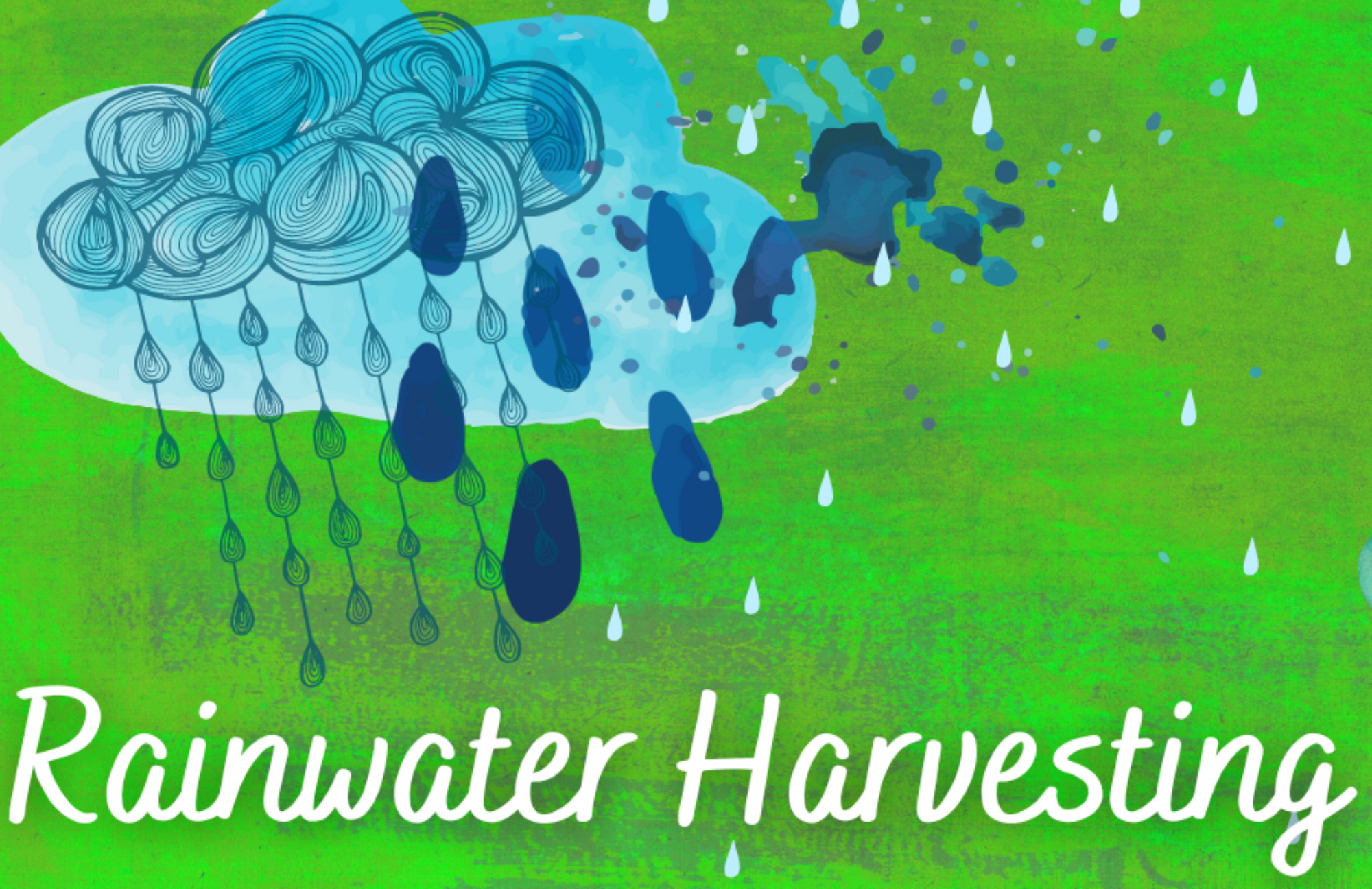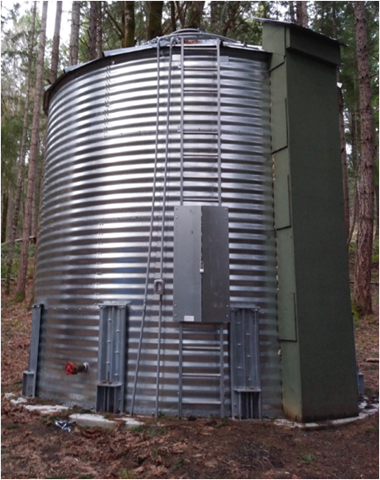Rain for Drinking Water in Multiple Dwellings
Can I build a rainwater system for potable use in a multi-family dwelling or for multiple homes in a neighbourhood?
Yes – when the following criteria are met:
- system meets water quality requirements (health)
- system meets building and plumbing code requirements
- site is suitable (required volume is possible and situation related to lot lines and other bylaws is suitable), and
- development permits are in place
Read on for facts and tips
In September, 2020, the provincial health ministry in British Columbia created a guidance document about the treatment requirements for safety and water quality in multi-connection rainwater systems. The requirements also follow the Canadian Standards Association CSA B805-18/ICC 805-2018.
Step 1:
Island Health Drinking Water Officers and CRD Building Inspection officials should be consulted early in the process because the volumes required for multi-family water systems are significant and storage siting and cost for the system size needs to be established early to assess feasibility based on your budget and the site.
Step 2: If the site and budget are feasible for the volumes required by Island Health and the CRD, the next step is to consult Islands Trust regarding zoning, and any potential need for either a zoning variance or a development permit application if you plan to construct the rainwater system in a Development Permit Area.
Do I require Islands Trust permits for potable rainwater systems?
- An Islands Trust approval letter will be required.
- A development permit may also be required by Islands Trust to install onsite rainwater storage systems for potable uses based on the site plan and lot line setbacks.
- Consult with Islands Trust if you plan to install / build rainwater storage on your property.
Step 3: If the feasibility for your plans is still intact after steps 1 and 2, please review the Guidance for Rainwater Harvested for Potable Use in British Columbia together with your professional consultant to determine the type and scope of water treatment that will be required for safety.
Step 4: Consult the Salt Spring Island Non-Potable Rainwater harvesting Best Practices Guidebook for more tips and tools that you and your professional consultant may use in system design.

